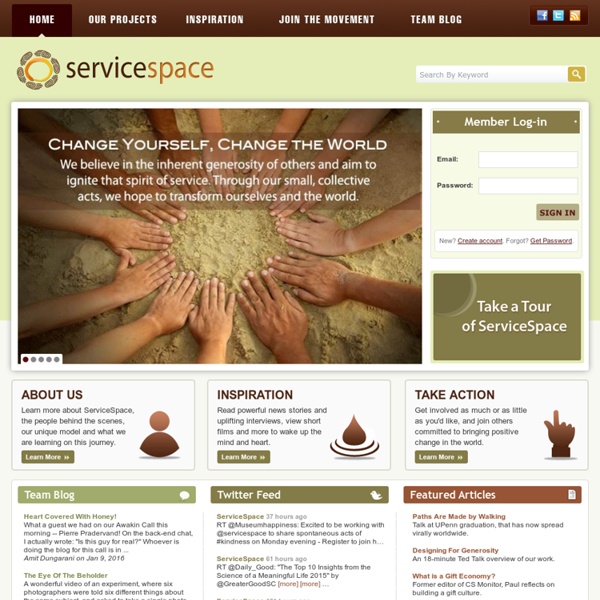



Mango: TT26 Building Partners' Financial Capacity Top Tips 26 If you implement your programmes with the help of local partners, it makes sense to assess and strengthen their skills, confidence and systems to manage financial resources efficiently and effectively. And if you are an implementing partner NGO, having strong foundations for managing your funds will ensure fruitful and lasting partnerships. In this Top Tip, we share some ideas on how NGOs can work together to develop an effective capacity building strategy, and thereby strengthen partnership relationships. 1. Strong partnerships are built on trust and open communications. Senior managers and Board members, not just finance staff, must be actively involved throughout the process to ensure ownership and a high-level commitment to change. 2. First, we need to identify if and where a partner needs to strengthen capacity. Sometimes a more detailed, external, financial systems review is needed – eg where a significant ‘scaling up’ of operations is planned. 3. 4. 5. 6. 7. 8.
C4C Idea! | contestforacause.org As you know, Contest for a Cause (C4C), gives an opportunity for a common man to exhibit his talent and skill for a social cause. You may still be wondering, how Team Everest leverages an individual’s skill and take it to benefit the society. The below concept diagram will explain you the Idea behind C4C: Any individual of any age group, starting from school children to retired senior citizens can participate in C4C. Gives a platform for individual with special talent and skills to show case their talent to the world. What is in it for an individual? Any individual who is interested to volunteer and has a special talent can leverage this platform to their best! How C4C will benefit the society? Creates awareness among individuals about volunteering and empowers them to take action with their special talent and skills. In short, C4C is a win-win-win for individuals, volunteers and society. Check our website – www.contestforacause.org to know more about us!
Brain Pickings Partnerships NGOs are major actors in the field of humanitarian response whose resources and expertise are often greater – and may differ from – those of UN agencies. Given that no agency can fulfill all humanitarian needs alone, the UN and other international organizations, the Red Cross Red Crescent Movement, and NGOs have a responsibility to coordinate their work. While the IASC is intended to be an inclusive and representative mechanism for humanitarian coordination, it remains largely UN-centric. For NGOs, IASC discussions may seem at times to be out of touch or even irrelevant when compared with the reality they see on the ground. In order for the IASC to better reflect operational capacities, the 2003 External Review of the IASC recommended the creation of an outreach mechanism for enhanced dialogue with NGO Consortia, in particular with representatives of their members.
IndiChange - Harnessing the collective power of blogging to fight evil. Found things South-to-South Collaboration to Improve Programs for Youth Also available in [PDF] format. There are about 1.8 billion people in the world between the ages of 10 and 24, and the vast majority live in developing countries.[1] High rates of unintended pregnancy, unsafe abortion, and sexually transmitted infections (STIs), including HIV, jeopardize the sexual health and the future of these youth. Thus, it is crucial to develop and implement programs and policies that meet young people's reproductive and sexual health needs. One important strategy for improving reproductive and sexual health policies and programs is south-to-south collaboration—the sharing of experience between developing countries and between individuals, nongovernmental organizations (NGOs), and/or governments and their agencies in developing countries. The central premise of south-to-south collaboration is that, by sharing information and strategies, organizations in developing countries can improve programs, pool scarce resources, and advance mutually held goals. Study Tours
Transparent Chennai NGO Collaboration: Limited or Limiting? | Posted on 20 September 2010 By Sarah Stroup In her September 6 post, Sherine Jayawickrama argues that “the advancement of the missions of [NGOs] requires much greater coordination and collaboration.” This got me thinking about my most recent homework project – I’ve been reading up on studies of international NGOs from the 1970s and 1980s to understand continuity and change among relief and development NGOs. In 1977, John Sommer wrote in Beyond Charity: US Voluntary Aid for a Changing Third World that NGOs “should seek ways to overcome their traditional tendency to act alone and instead collaborate more constructively with each other and with local organizations in recipient countries.” In sum, it’s a little depressing to think that experienced NGO analysts have been calling for greater NGO collaboration for decades with seemingly little change. HAP is refreshingly frank and fairly new, so I’ll set aside questions of its long-term effectiveness. NGOs want to avoid working at cross-purposes.
Bhumi - Youth volunteer NGO Educating under-privileged children